On a fine spring afternoon, we headed to Solitude Nature Reserve. The mission, as stated on the reserve’s website reads:
“Solitude Nature Reserve is owned and managed by the Phil McNamee Charitable Foundation for the purpose of preserving a natural environment where the public can enjoy nature.”
The paths and the boardwalks through the wet woodlands are immaculately maintained.

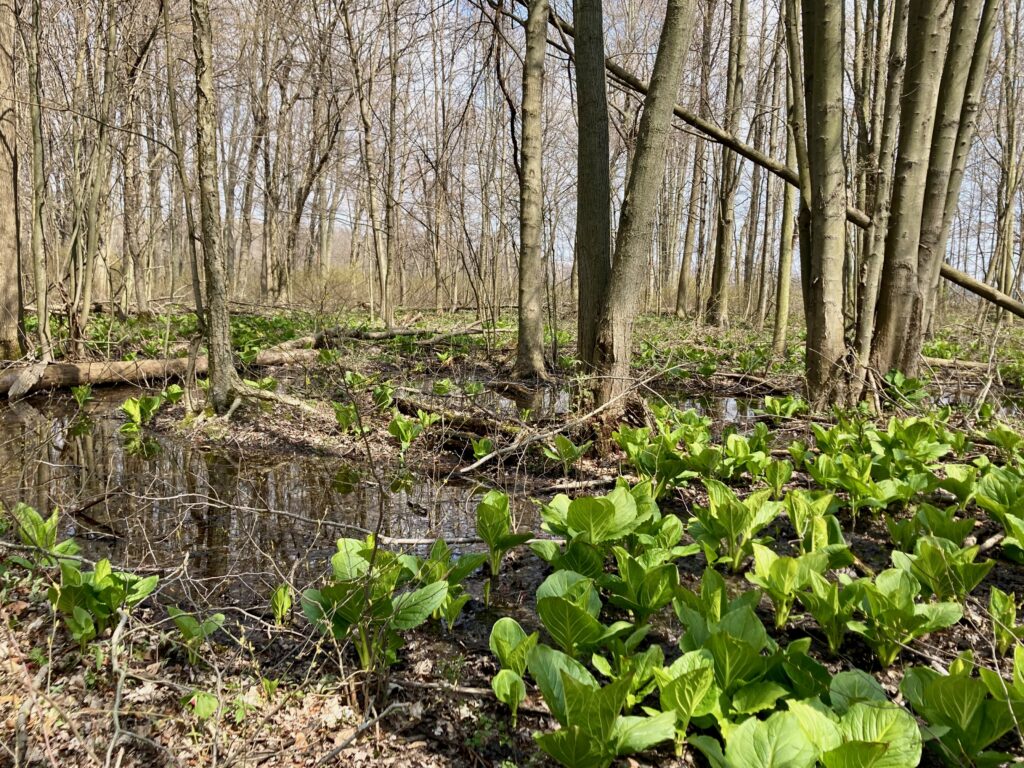

We were hoping to see some early spring arrivals and some migrant warblers, but the weather had been cool. We logged only 12 species: Turkey Vulture, Bald Eagle (both overhead), Red-bellied Woodpecker, Norther Flicker, Ruby-crowned Kinglet, Carolina Wren, American Robin, White-thoated Sparrow, Song Sparrow, Red-winged Blackbird, Common Grackle, Northern Cardinal.

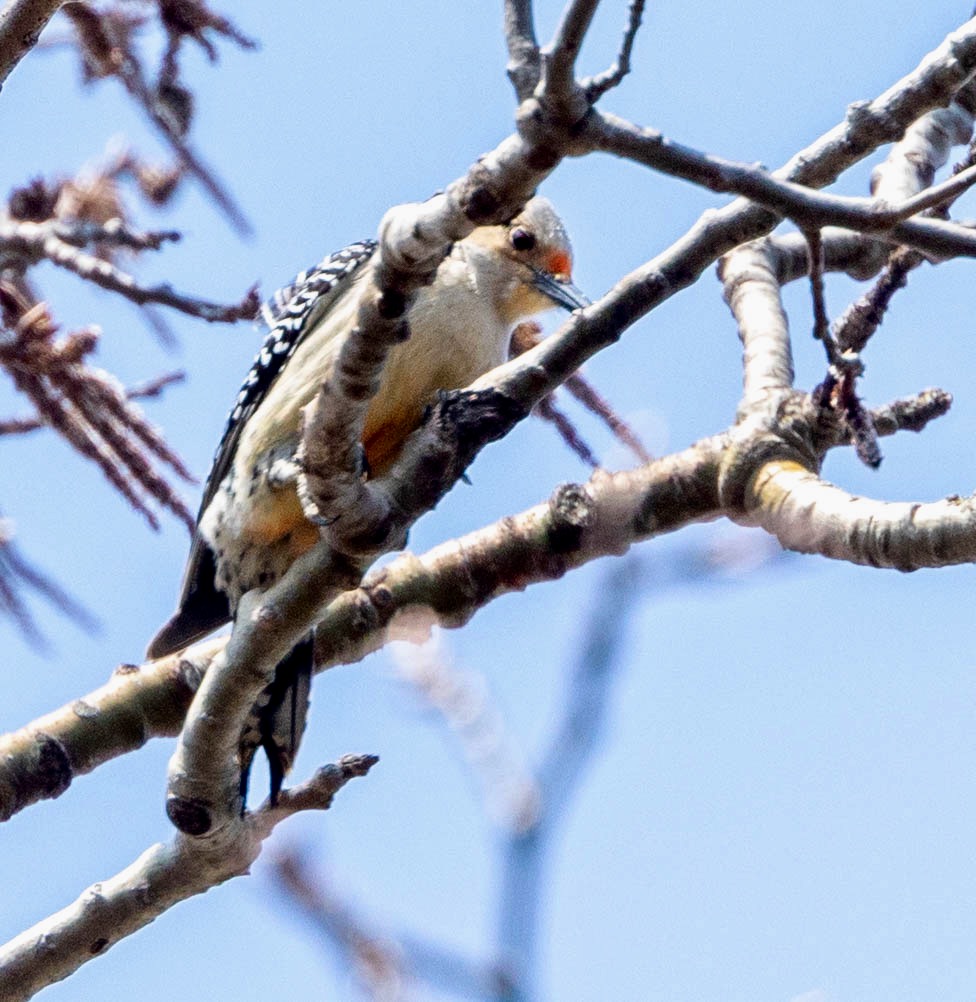
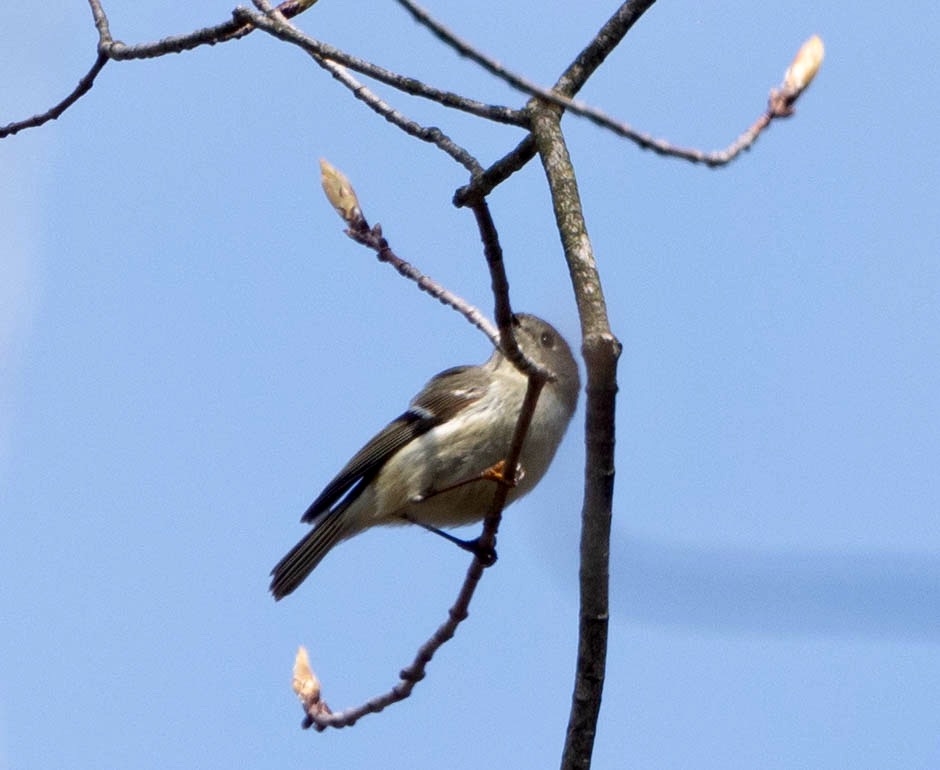
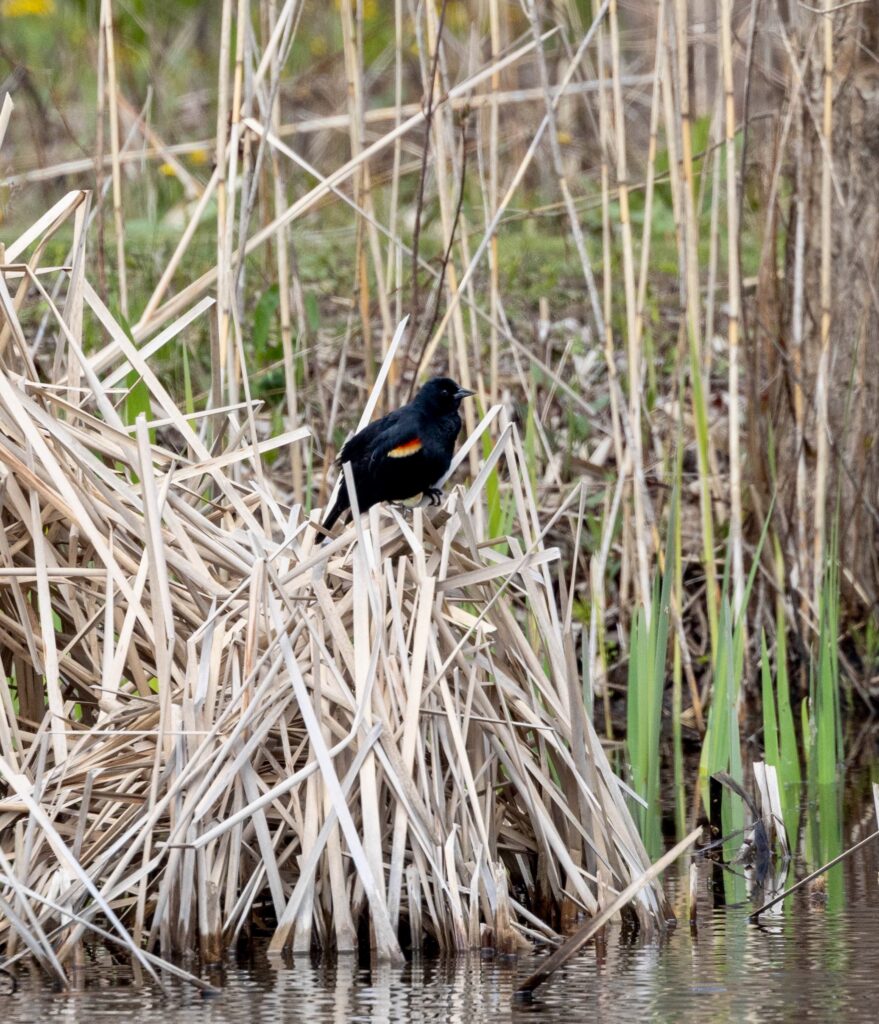
Here is a link to more photos from the Audubon Photo Awards entries. These photos focus on the behaviours of various birds as they go about their lives. My favourite is the face-off, or is it a tête-à-tête, between a Common Raven and a Bald Eagle.
There may have been more birds foraging in the woods, but our attention was mostly focussed on the riot of spring wildflowers that covered the ground.
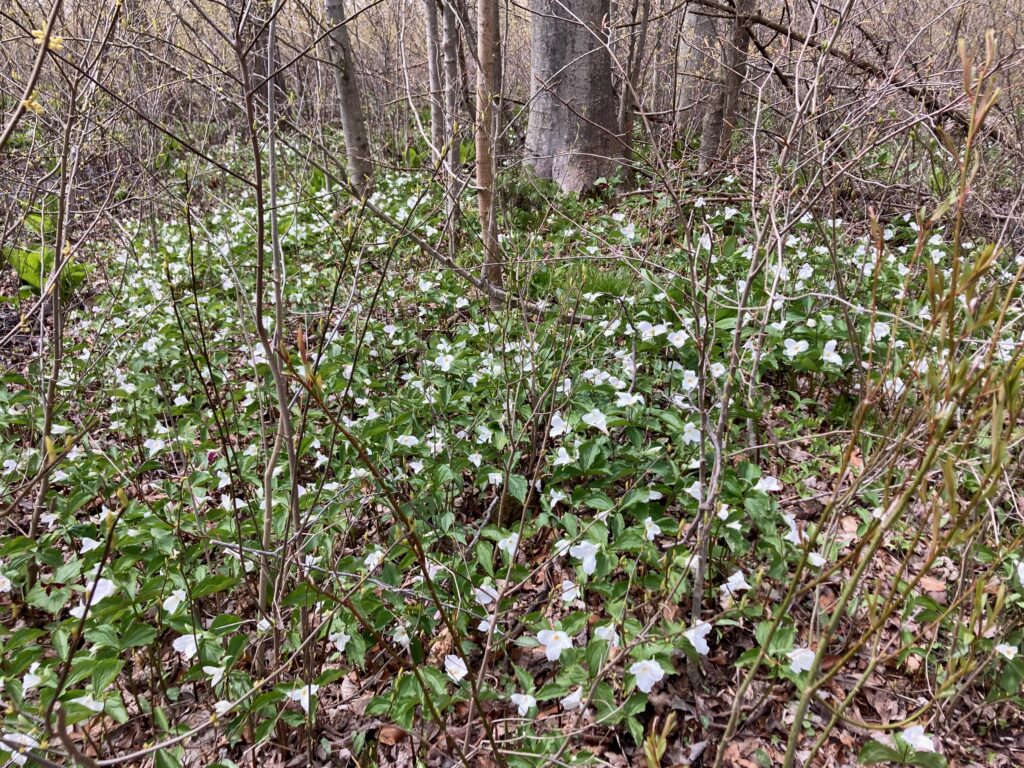
There were dense patches of both White and Red Trilliums. We’ve learned that there are two types of trilliums (with many variations within each type): White Trilliums (Trillium Grandiflorum) and Red Trilliums (Trillium Erectus). White Trilliums have wavey edges to their petals whereas the petals of Red Trilliums have straight edges. White Trilliums are susceptible to a greening disorder caused by bacterial organisms (called phytoplasmas). The bacteria cause green markings on the white petals, extra petals and other abnormalities. Nontheless, these flowers are beautiful.
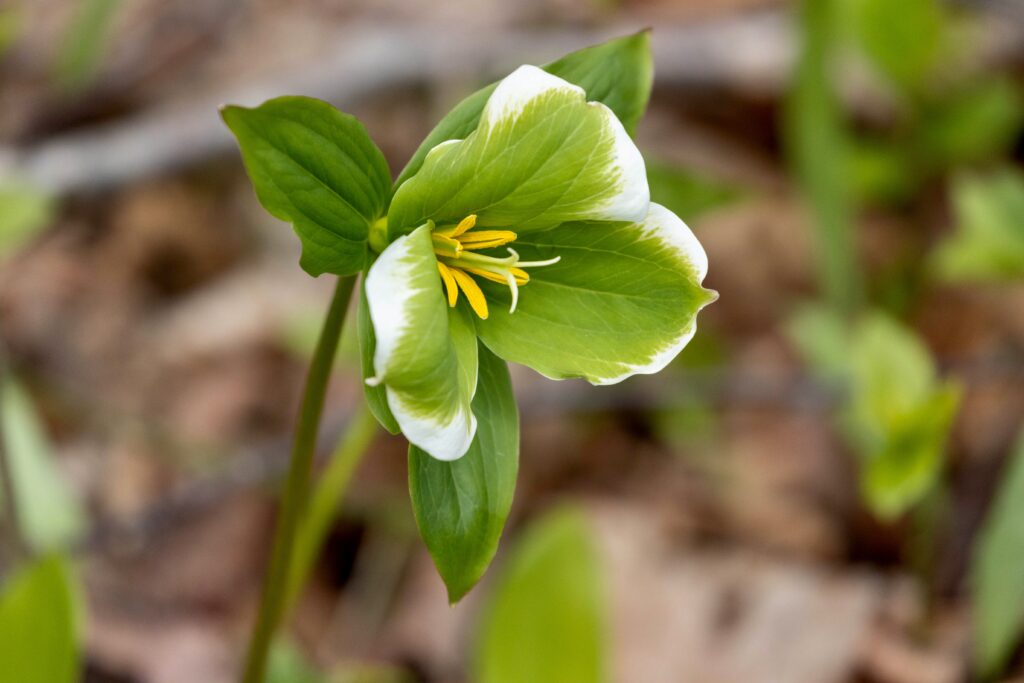
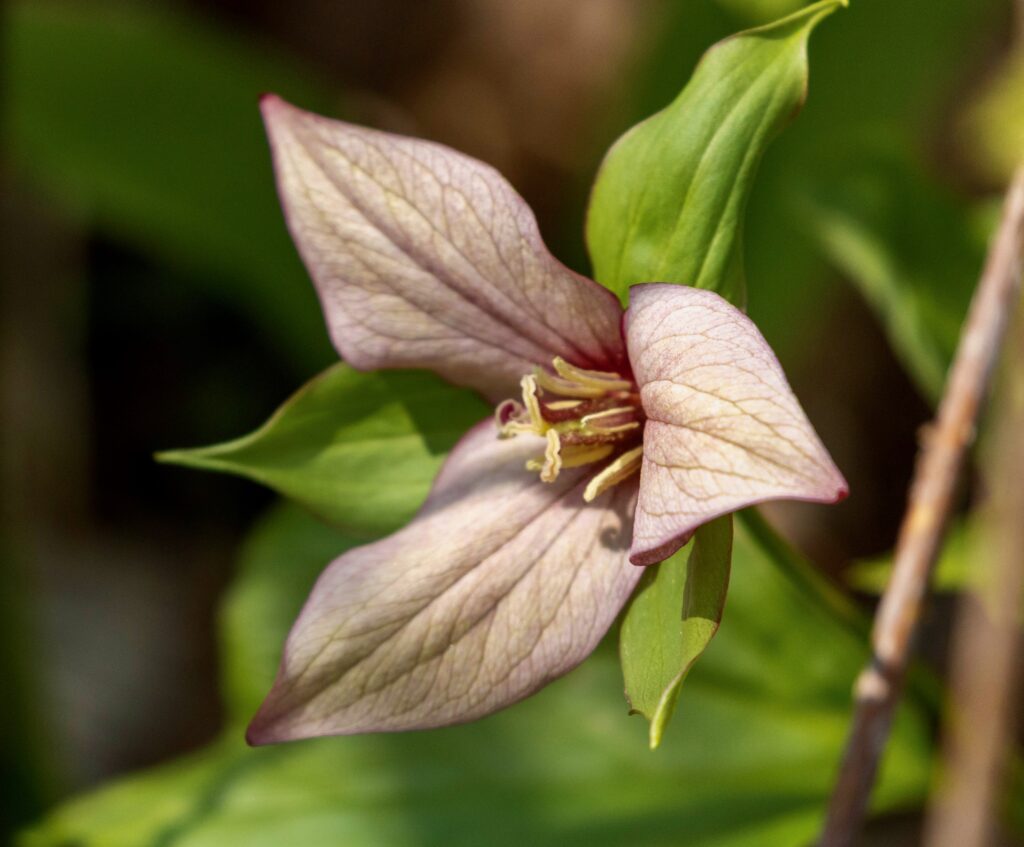



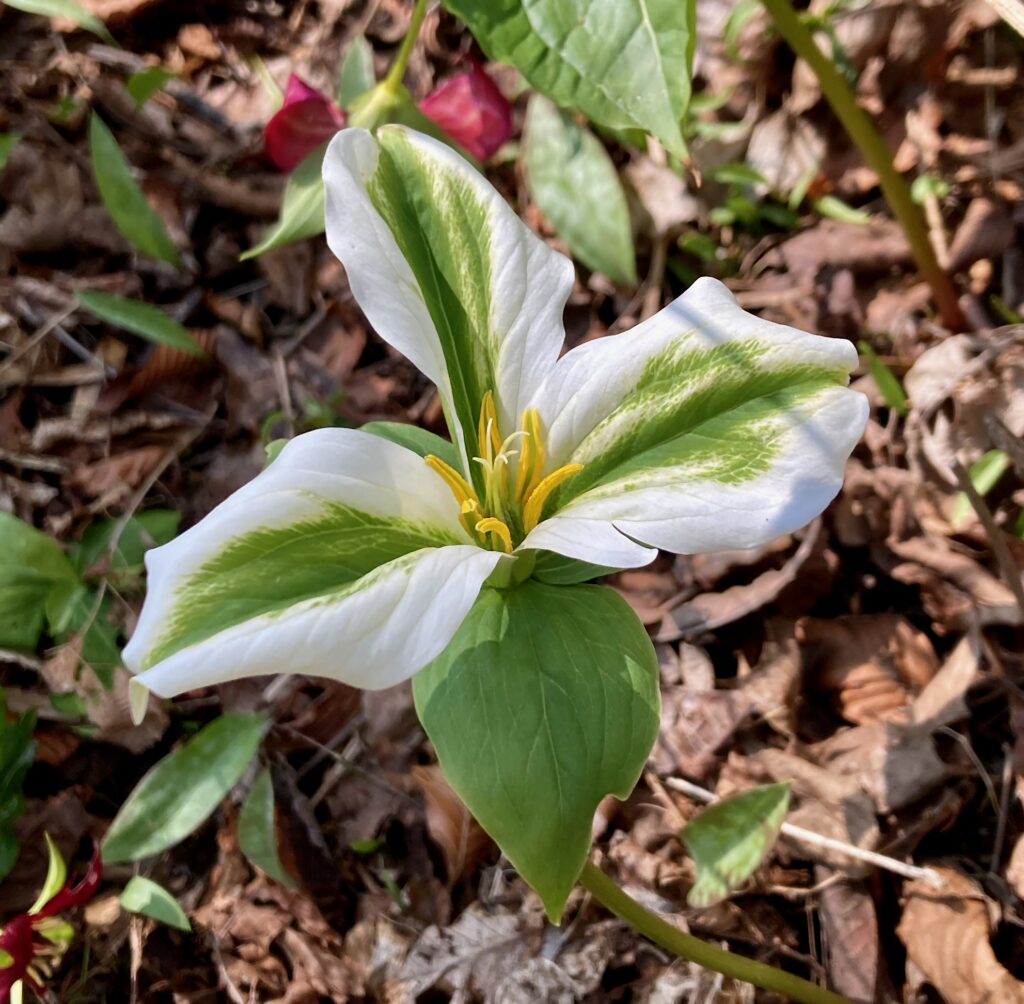
There were also masses of Eastern Skunk Cabbage and Marsh Marigolds in the wet woods. Most of the skunk cabbages had already bloomed and were in leaf, but the Marsh Marigolds were dazzling.

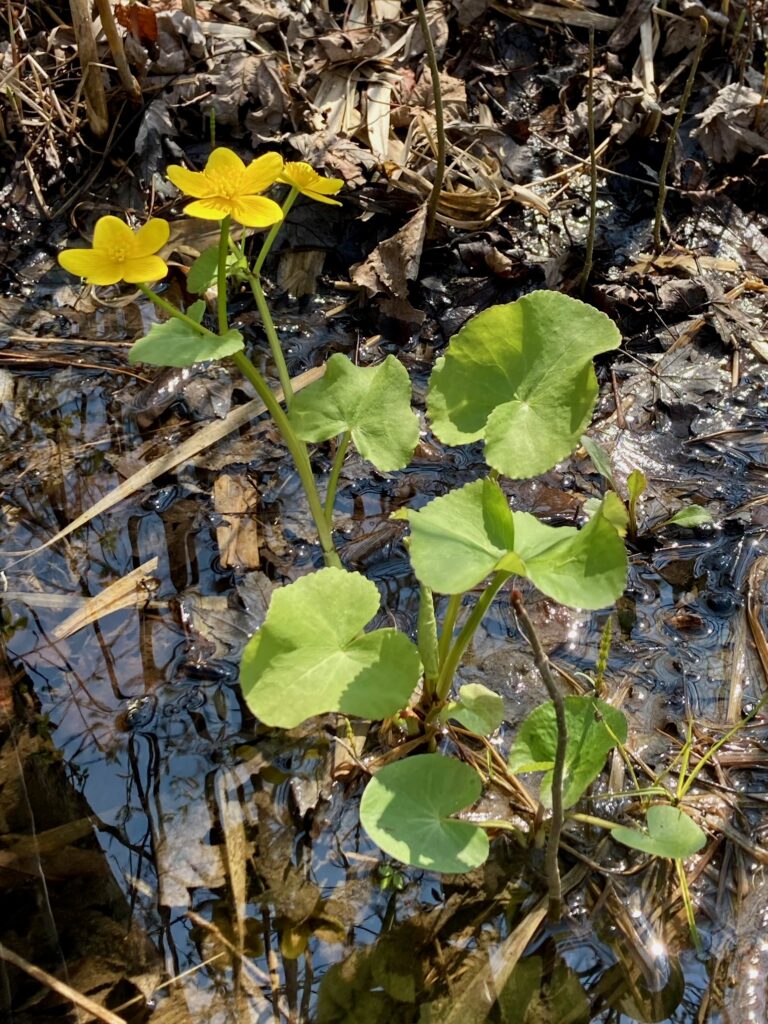


Many other spring wildflowers were in bloom or about to bloom.
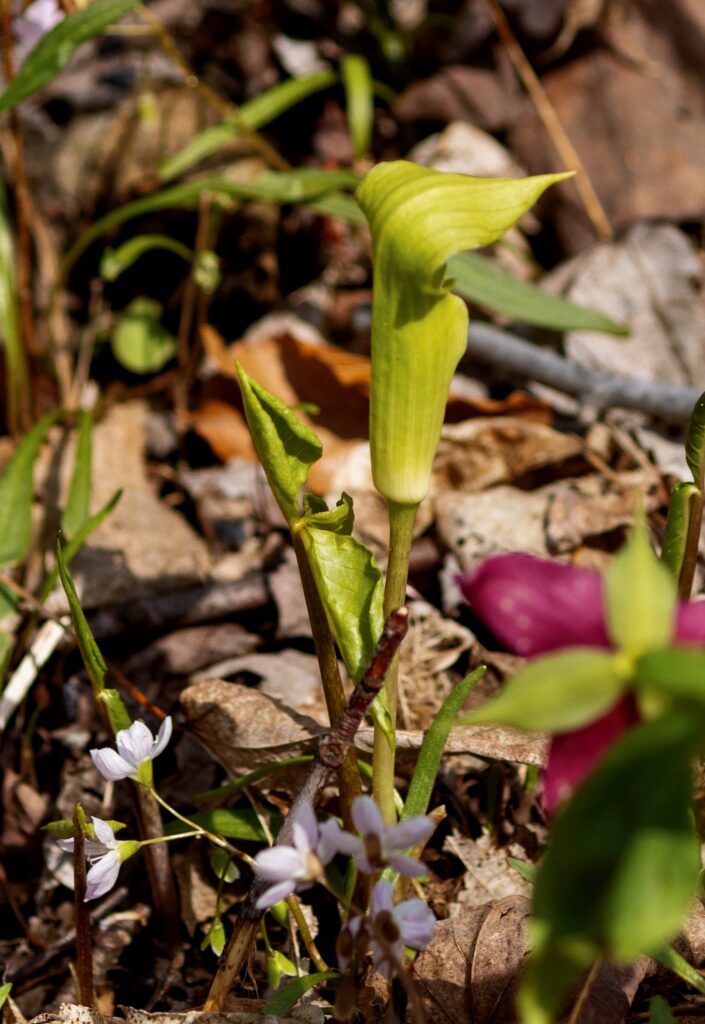
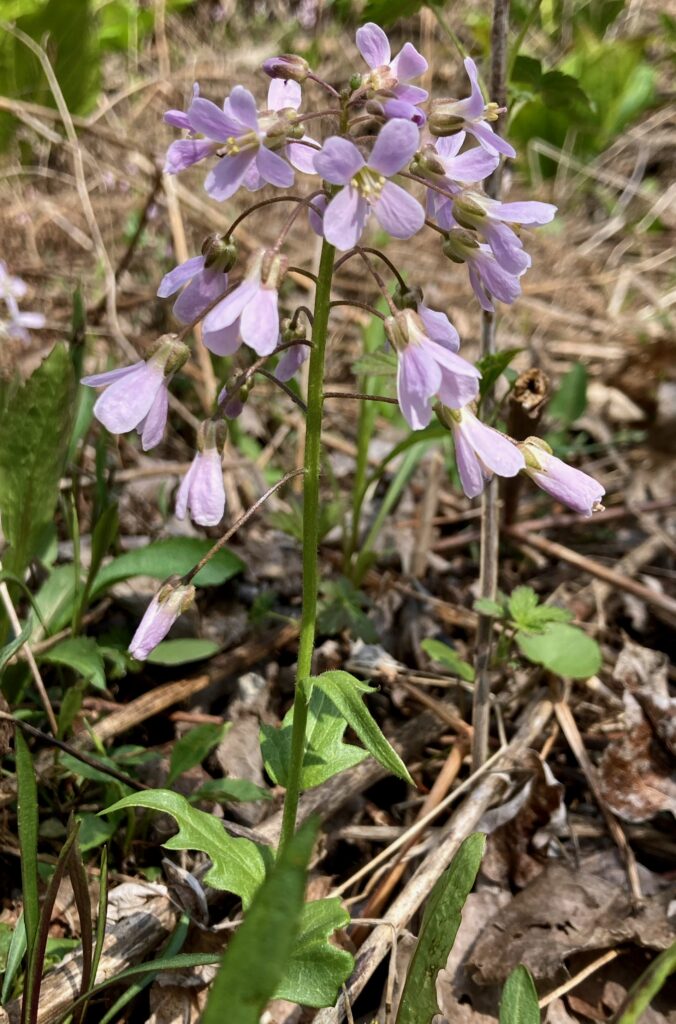

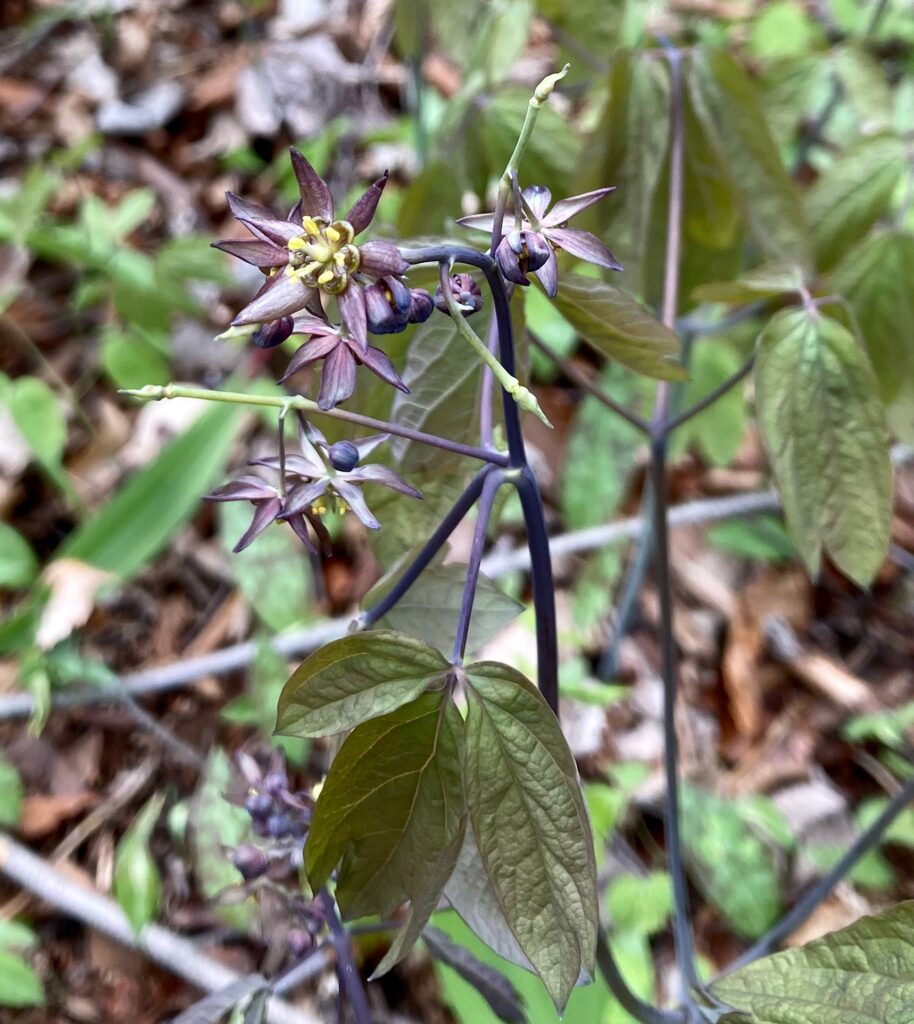
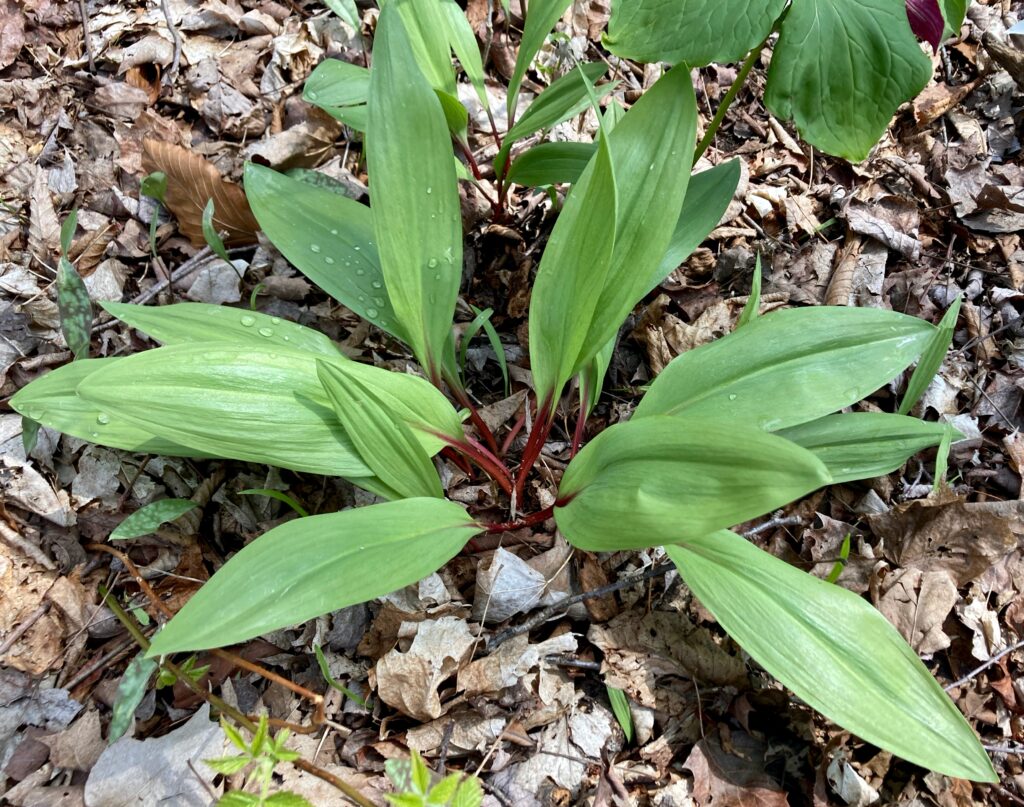
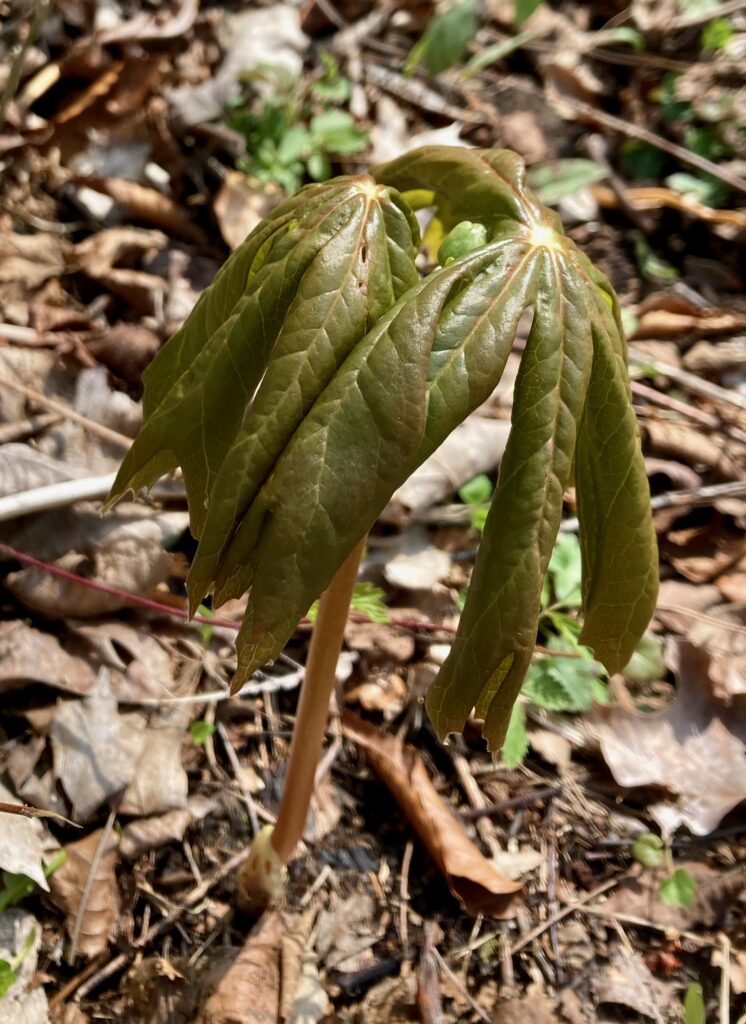
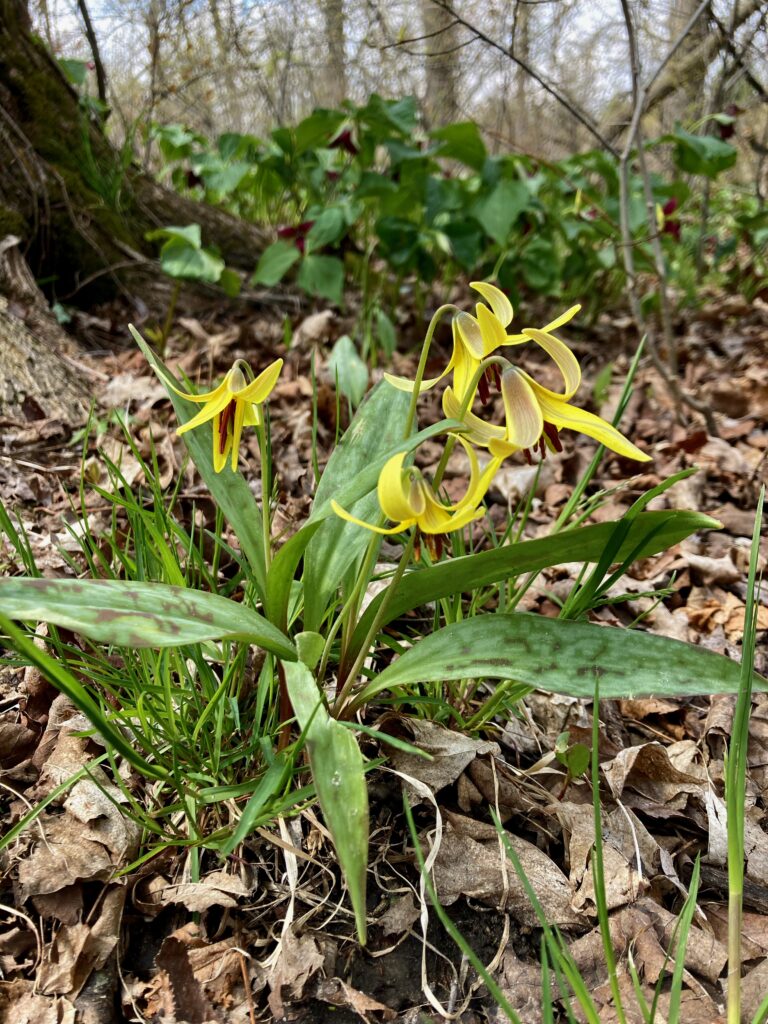
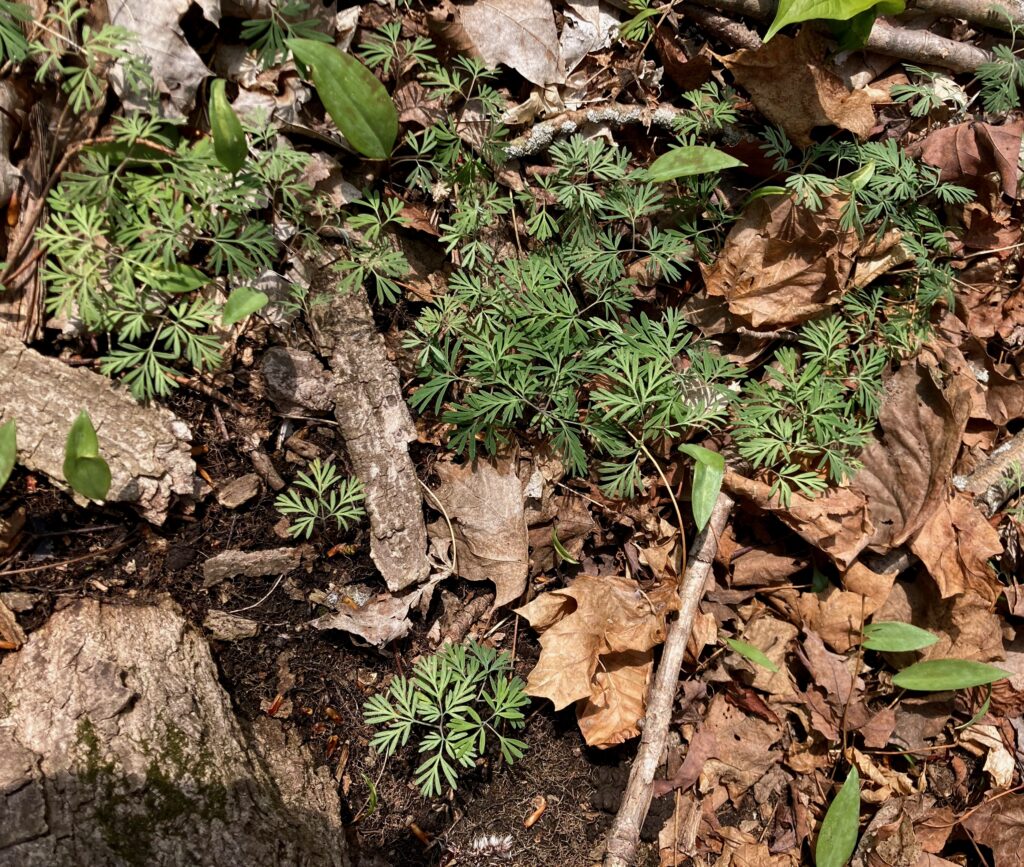
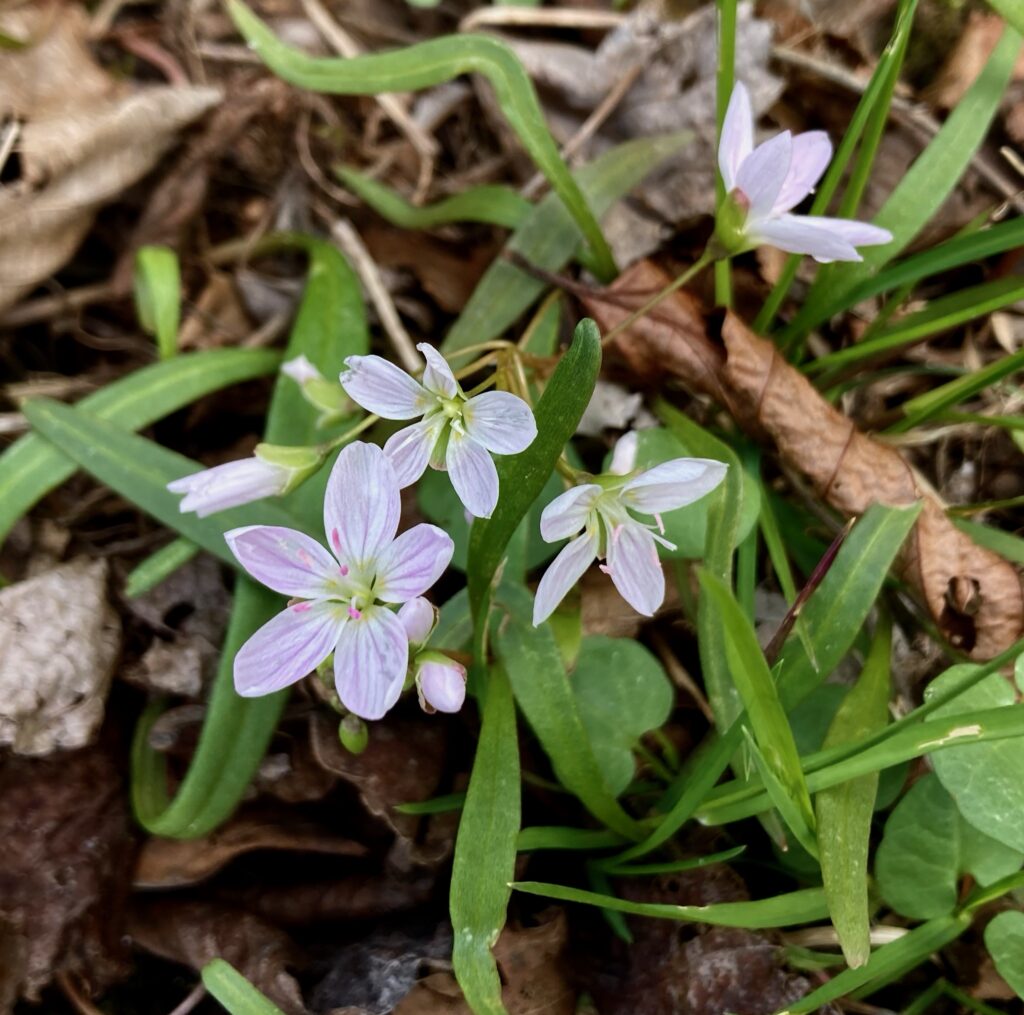
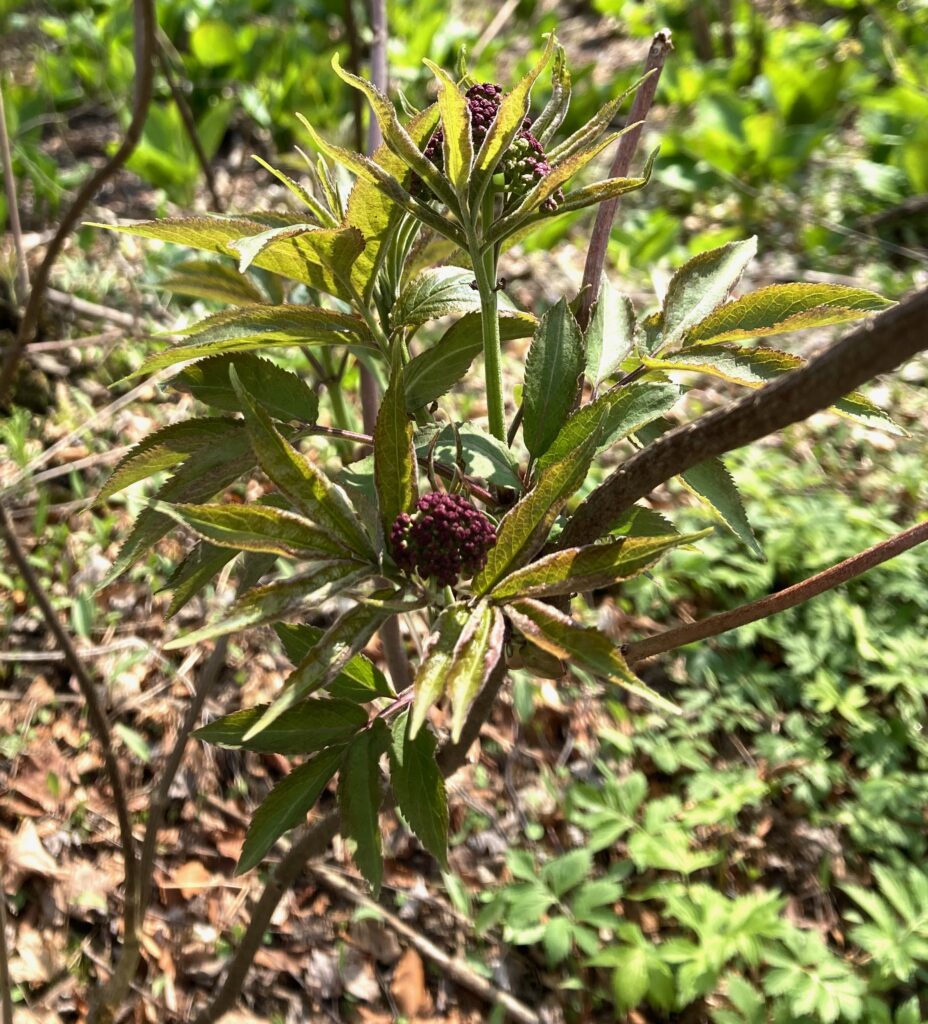
Christmas Ferns and other fiddleheads were just emerging from the ground.

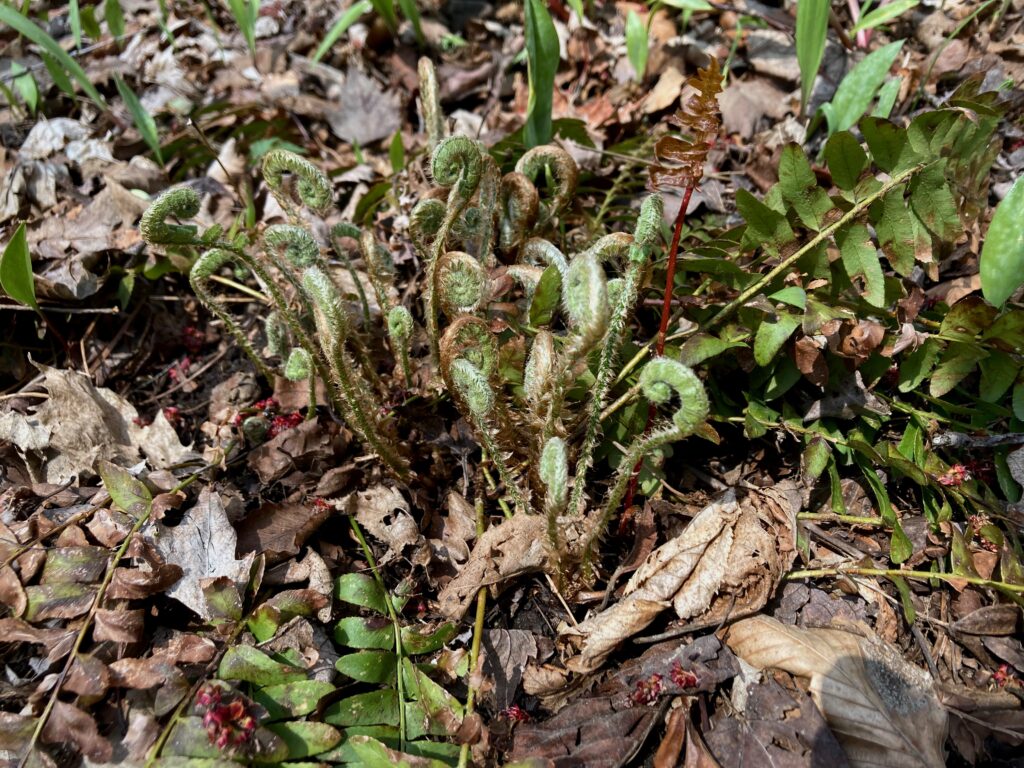
The large pond was surrounded with willows that were in bloom. Willows have catkins that are specialized flowers.
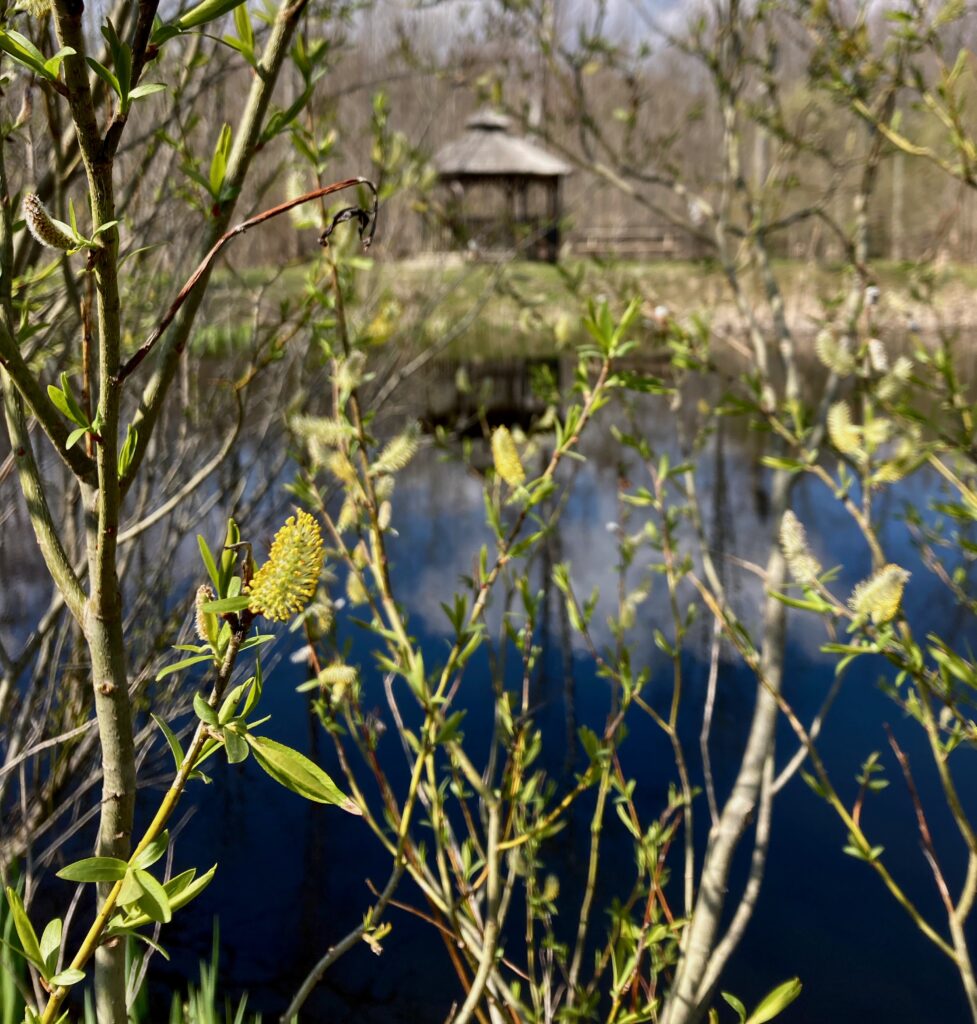


Willows are in the same family as poplar, aspen and cottonwood. All produce catkins. Cottonwoods thrive when habitats provide full sun and a lot of moisture.

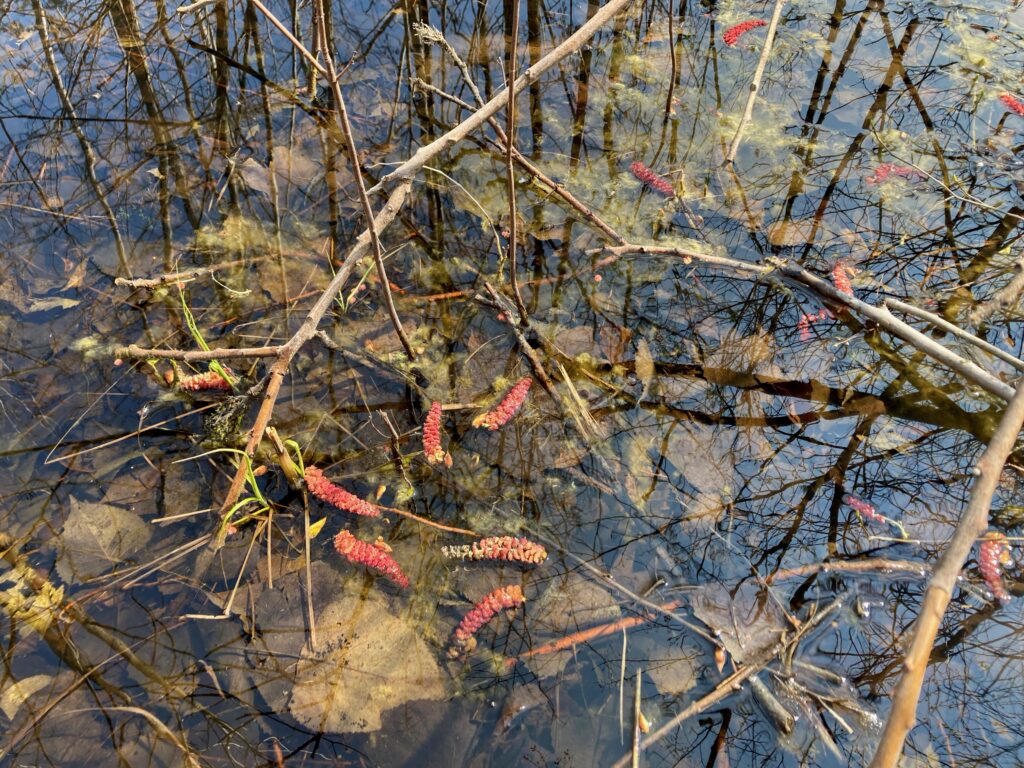
The large pond was alive with tadpoles and insect life.


Tulips from Wandering Bee flower farm, each week a new variety; this week’s are double tulips in delicate colours.
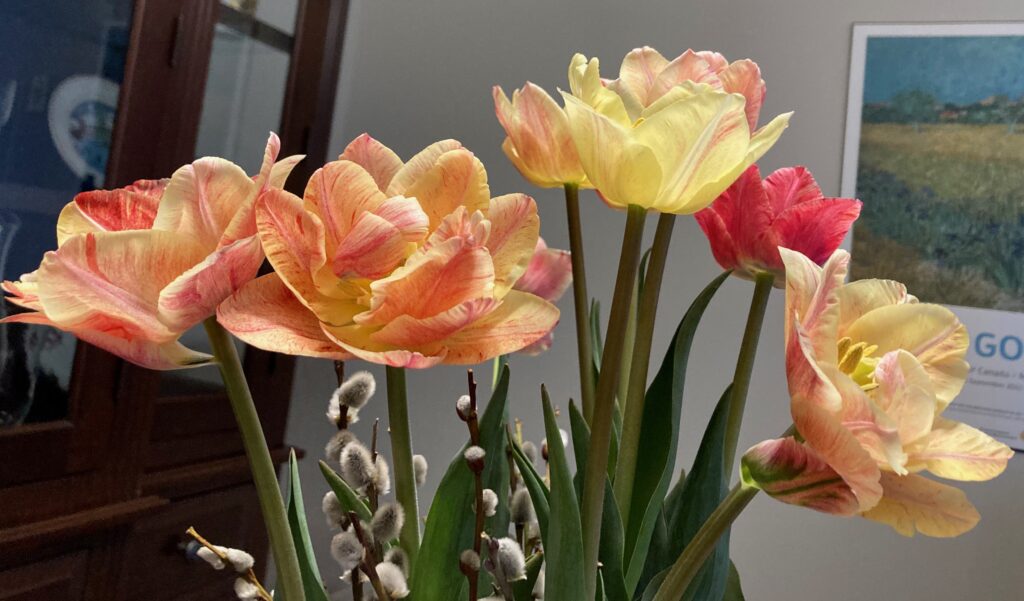
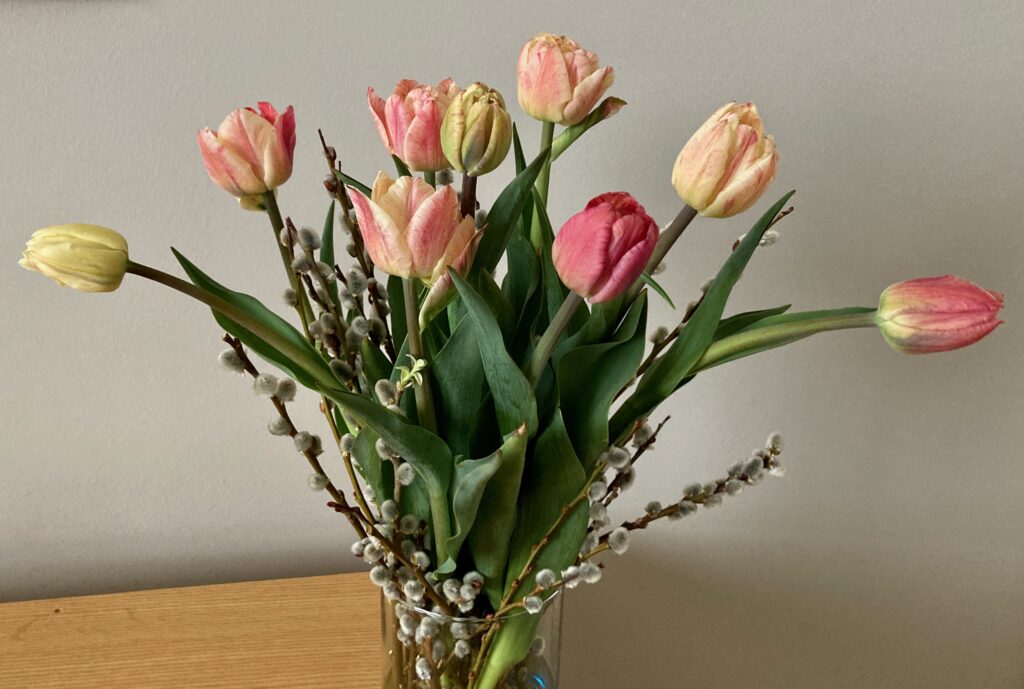
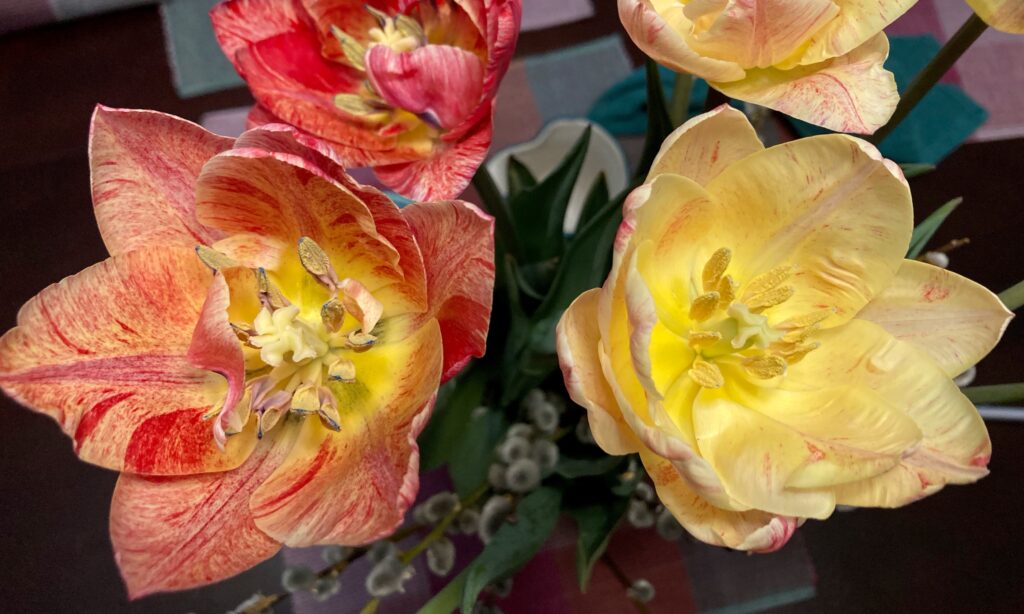
Rod Stewart Concert
All of the concert is available. Although the songs are so popular that the audience sings along, I have chosen two that are from Rod’s “Every Picture Tells a Story” album. Nothing beats a concert where the performers and the audience are having a great time together. The music from the entire album is included.
And from 1971 with a much younger Ron Wood.
Someone posted the entire album (without videos).